By Joanna Kate Calulot
SAP SuccessFactors People Analytics is the overall solution for all reporting, workforce analytics and workforce planning in SAP SuccessFactors. It helps organizations to present their data in meaningful and adaptable formats to inform business decisions.
Reporting is inevitable. We all know it has to be done, but where do you start?
What is the requirement?
Every change begins with a need . In reports, it might be as simple as preparing a report with the user´s basic information or as complex as identifying the absence trend over the last five years.
Is the requirement feasible?
To find this out, you either need to be familiar with your system , or with the configuration of the module you want to build the report on. Don't have a full overview? Then we would recommend discussing your reporting needs with an expert who can give you sound advice. Feel free to talk to someone who knows your solution and has good knowledge of it SAP SuccessFactors People Analytics.
You must be familiar with your system or the configuration of the module on which you need to build your report and dissect the requirements. If something is unclear, go ahead and discuss it with the experts or with your clients.
An example…
Let's imagine that you need to prepare a report that gives you an overview of the holiday balance of the active employees in your company. The report must show the starting balance, days taken and planned, and the remaining balance. This case is more complicated, and we already know that Table, Dashboard, and Tiles are out of the question, as we need to investigate further and develop some formulas to meet those requirements.
In general, proof of concept can be performed in your testing environment to ensure that the request is feasible.
Reporting structure to consider:
1. Name: Name of the report
2. Description: Business or functional description of the report
3. Runtime filters : Business case or the functional description (increases the response time)
4. Query filters : Advanced filtering that happens in the background
5. Scope filters : Population to be displayed in the report
6. Sharing : Users, permission group or permisson role for those who need access to the report and which employees the individual should see data on
7. Query structure : Report output structure for report (e.g. columns and rows, story report)
8. Report output esample : Mock-up og the report output
You can provide a copy of the analysis to those who requested the report for approval.
When to build the report in People Analytics?
Once the design is closed, this is the stage at which you will turn the requirements into tangible results. Build the report as agreed upon during the design and align with the customer in case there are adjustments needed. Make sure to also keep a copy of the original design and keep it up to date with the changes.
Testing is a crucial part of the process. HR reports generally provide both quantitative and qualitative information on employees, HR practices, and company trends, which is critical for making informed decisions. Testing the report makes sure that we have that reliable information
When should the report be made available?
The report has been created and validated. If necessary, you can agree with the client on when you can move the changes to other instances. Determine whether the report should be shared with additional users or scheduled after it has been deployed.
Working with reports can be experienced as extensive, but SuccessFactors has a a wealth of learning material that can help you get started.
If you have any questions about People Analytics, you are more than welcome to get in touch .



